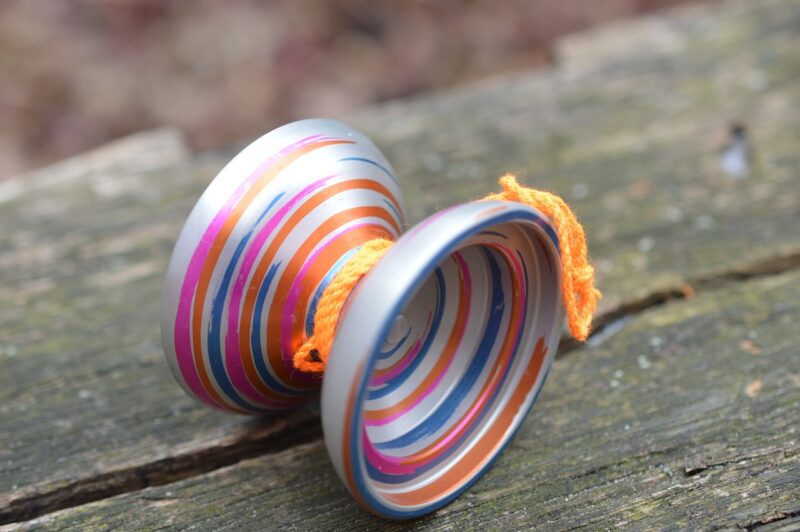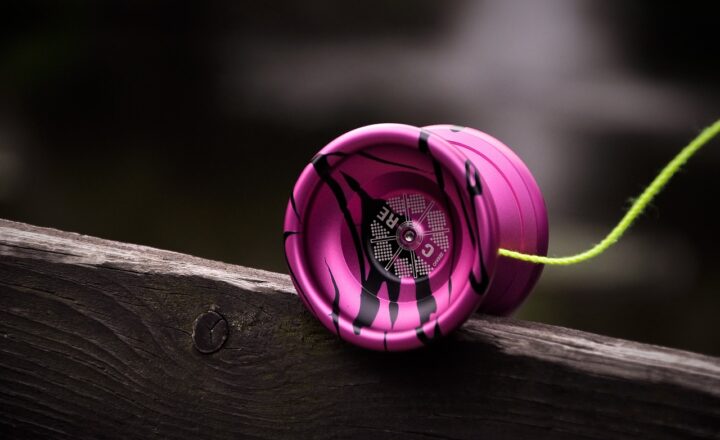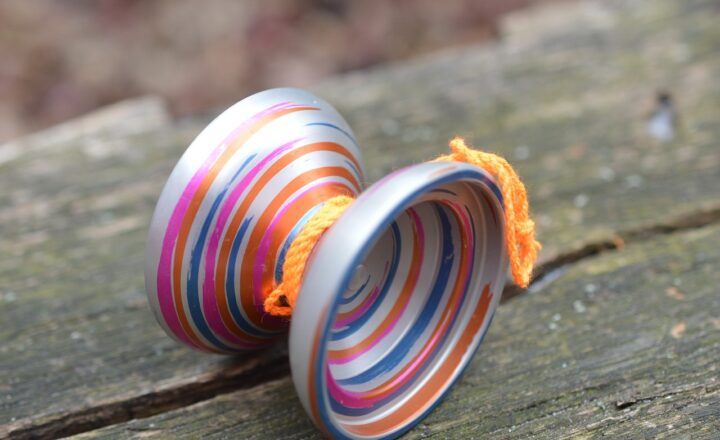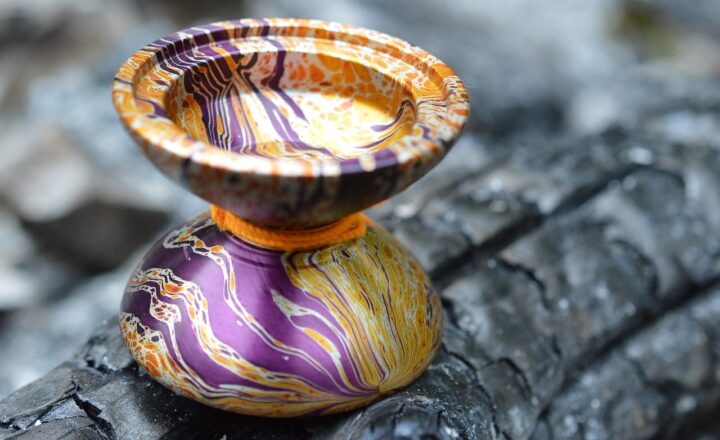How Yo-Yo Competitions in the 2000s Became a Mysterious Underground Scene
November 12, 2024

The early 2000s marked an intriguing evolution in the world of competitive yo-yoing, where the spotlight shifted from mainstream competitions to covert underground gatherings. These events not only captured the essence of a unique subculture but also highlighted the passion, creativity, and dedication of yo-yo enthusiasts around the globe. In this article, we will delve into how yo-yo competitions in the 2000s transformed into a mysterious underground scene, exploring the underlying factors that contributed to this shift.
1. The Rise of Yo-Yo Culture
Throughout the late 1990s, the resurgence of yo-yo popularity began to gain traction, fueled by innovative designs and a new generation of yo-yo players. With movies such as Toy Story showcasing this classic toy, a wave of excitement washed over children and adults alike, prompting them to rediscover this childhood pastime. Yo-yo brands, like Duncan and Yomega, rode the wave of nostalgia and marketed their products heavily, leading to an increase in interest.
In the early 2000s, we witnessed the rise of competitive yo-yoing, with sanctioned competitions drawing large crowds and sponsors offering prizes and recognition to exceptional players. As the competitive landscape grew, so did the desire for fresh experiences, leading players to seek out more intimate gatherings.
2. The Allure of Underground Competitions
While major competitions like the World Yo-Yo Contest thrived, a handful of passionate yo-yo enthusiasts began hosting informal competitions in unconventional venues. These clandestine gatherings, often organized through word-of-mouth and online forums, fostered a sense of community and exclusivity, attracting players who sought a break from the mainstream scene.
The underground competitions showcased a broader array of tricks and styles that mainstream events often overlooked. Participants were free to express their creativity, documenting their journeys on social media platforms that were just gaining popularity. This dynamic environment led to the development of unique tricks and techniques, spawning an evolutionary phase for yo-yo performance.
3. Elements of Mystery and Secrecy
The allure of the underground scene was heightened by a sense of mystery. Competitors often cherished the anonymity of these events, providing an air of thrill and excitement that traditional competitions lacked. Many players cherished the anonymity surrounding the events, whispering about secret locations where passionate yo-yoists came together to share tricks and techniques after hours.
Various subcultures developed around these gatherings, where participants established their own rules and formats, fostering creativity and camaraderie. Players could explore games like *Yo-Yo Freestyle*, where they participated in storytelling through their tricks, often leading to more personal performances that resonated deeply with fellow participants.
4. The Role of Technology and Social Media
As technology advanced, so did the ability for players to document and share their experiences. This facilitated the capturing of moments from underground competitions and contributed to the proliferation of unique tricks and styles. Websites like YouTube and forums like YoYoNation became essential platforms for enthusiasts to share their performances and tips, contributing to the overall growth of the yo-yo community.
While the underground scene remained largely off the radar for the mainstream audience, dedicated players thrived on the creation and sharing of viral content, leading to a resurgence of interest in yo-yoing as a whole. Videos showcasing exceptional feats of skill, creativity, and innovation invigorated the passion felt by old and new enthusiasts alike, solidifying a firm connection between players around the world.
5. Defining Characteristics of Underground Competitions
What separated underground competitions from traditional ones? The answer lies in several defining characteristics:
- Informal Atmosphere: Unlike regulated competitions, underground events embraced spontaneity. Players often gathered in unconventional spaces, such as basements or parks, for casual competitions devoid of strict regulations.
- Community Engagement: Participants enjoyed the chance to bond over their shared love for yo-yoing, allowing for a nurturing environment of skill-sharing and creativity that traditional competitions seldom offered.
- Encouragement of Experimentation: Competitors were inspired to push boundaries and explore unorthodox styles, utilizing tricks that might not have made it into mainstream competitions due to conventional judging criteria.
- Memorable Storytelling: Events often highlighted storytelling through performances, allowing players to incorporate whimsy, humor, and emotion into their routines, captivating audiences in a unique way.
The blend of creativity and embrace of a more friendly, informal competitive spirit allowed players to thrive and further develop the yo-yo culture, leading to both personal and artistic growth.
6. The Legacy of the Underground Scene
As the decade progressed and social media platforms became more established, the significance of underground competitions gradually evolved. Many former underground players later transitioned into mainstream competitions, bringing with them the newfound innovation and styles fueled by their underground experiences.
Today, we see the lasting impact of the underground yo-yo scene reflected in the diversity of yo-yo tricks showcased in competitions. Players consistently draw upon the unique ideas born in those clandestine gatherings, influencing new generations of yo-yo enthusiasts.
The mystery encapsulating the underground scene inspired many to view yo-yoing as not just a hobby, but a profound form of artistic expression. Even now, players continue to reminisce about the vibrant atmosphere of those early 2000s competitions, nurturing a creative legacy that remains nestled within the heart of the yo-yo community.
Conclusion
The mysterious underground scene of yo-yo competitions in the 2000s encapsulated an experience that transcended mere competition. It fostered a community that celebrated creativity, experimentation, and collaboration among like-minded individuals. The legacy of this unique chapter in yo-yo history lives on, inspiring enthusiasts to explore their passion and redefine the art of yo-yoing. As we look back, we recognize that sometimes the most profound experiences emerge from the shadows, illuminating paths for generations to come.







